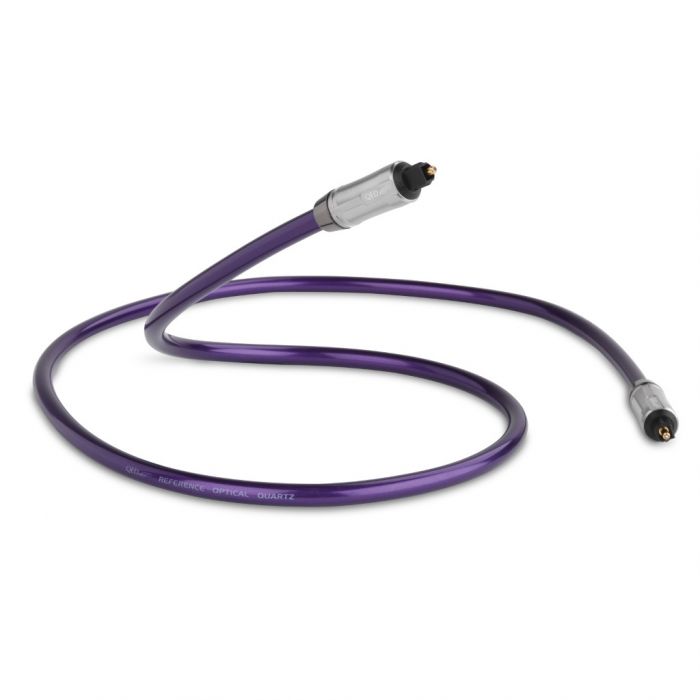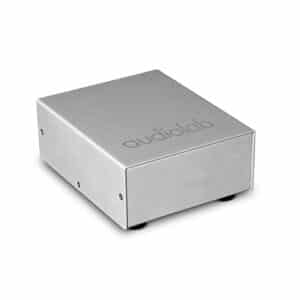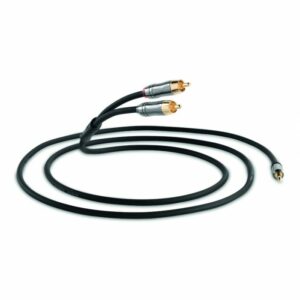CABLES MATTER
Digital Optical Audio cables are now used widely to connect audio source equipment such as TV’s, CD players and Blu-Ray players to amplifiers or receivers. There are many advantages to using the optical output from your source equipment. The optical output provides complete electrical isolation between equipment eliminating ground loops and noise induced by large external voltages or currents. With fast digital signalling using twisted pair copper cables, problems such as near end crosstalk can cause distortion of the signal; these problems are eliminated by using the digital optical connection option.
Because of the very short distances and relatively slow data signalling speeds of the Toslink system it is possible to use very inexpensive plastic optical fibres (POF) made of an acrylic glass material known as PMMA (Polymethyl-methacrylate). These are usually 1 mm in diameter to fit the Toslink connector and of course their extra width only exacerbates the time smearing or jitter caused by the multi-modes within the fibre. Calculations have shown that a typical 1m cable with a PMMA fibre of refractive index 1.5 and a critical angle of 76 degrees has the potential to introduce jitter
of up to 145ps into the SPDIF signal. These plastic optical fibres (POF) account for virtually all commercially available Digital Optical Audio cables available today.
The alternative to this situation adopted by QED in our new Glasscore™ technology cable is to employ multiple fibre bundles of ultra-fine boro-silicate glass optical fibres (GOF) of no more than 50um each (thinner than a human hair see below) to make up the 1 mm diameter necessary to conform to the Toslink standard connectors. In the new QED Reference Optical Quartz cable there are 210 such fibres each of which guide the light along a much tighter path making the different modes much more uniform than in the larger diameter single fibres.
Because the range of angles of incidence at which the light is accepted at the aperture of the cable is smaller and the critical angle of internal reflection in the glass is larger than in POF fibres the range of different paths taken by the light is reduced. In this way short data pulses are no longer artificially elongated or smeared by the physical process of travelling along the cable.
GLASSCORE™
Each fibre is thinner than a human hair. 210 fibres of 50um each are required to make
up the 1 mm diameter necessary to conform to the Toslink standard connectors.
COMPARING TECHNOLOGIES
PMMA OPTICAL FIBRES
A typical optical fibre is made of an acrylic glass material known as PMMA (Polymethyl-methacrylate). This acrylic core allows the light to take many different length paths through it. Timing differences are introduced – accounting for typically up to 145ps of Jitter.
Signal losses also occur when light is incident above the Critical Angle and is not reflected back (Yellow).
REFERENCE OPTICAL QUARTZ
Reference Optical Quartz has in excess of 210 Glasscore™ fibres each thinner than a human hair. This ensures ultra low jitter because the smaller numerical aperture reduces the range of angles of acceptance leading to straighter signal paths.






